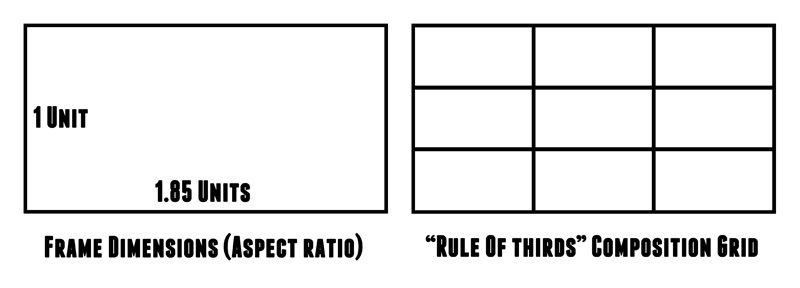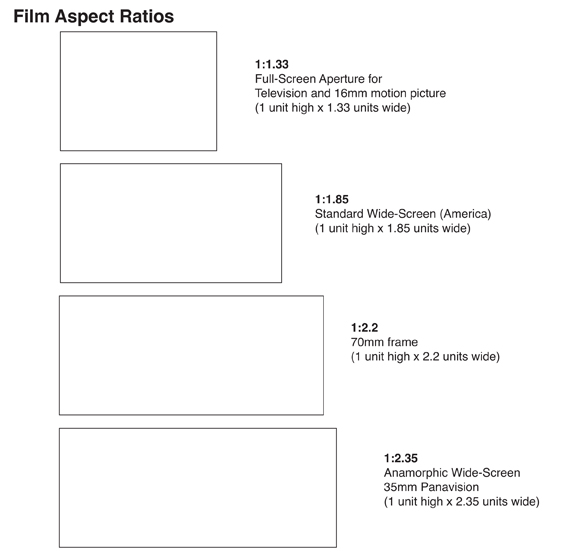Anatomy of a Storyboard and Basic Terminology
anatomy_and_basics_of_a_storyboard
PROJECT 3 – Art_620_Proj3_Storyboard_Research
PROJECT 4 – Art_620_Proj4_storytelling_project
AFI illustrated List & Film Basics Handbook
http://comminfo.rutgers.edu/~aspoerri/Teaching/DMPOnline/Readings/screen_shot_reference.pdf
http://web.eesd.org/filmfestival2012/Resources_files/AFI_BasicsHandbook.pdf
http://www.edu.pe.ca/threeoaks/Art/Digital%20Arts%20site/unit4/pdf/abbreviations.pdf
Amazing websites with tons of resources!!! – Angles and Composition and POV
http://www.floobynooby.com/comp1.html
http://www.makingcomics.com/2014/02/08/anatomy-storyboard-part-2-continuity/
Great filmstills – Kubrick, Scott & more!
https://stillsfrmfilms.wordpress.com/
Storytelling:
“If it can be written or thought, it can be filmed.”
“There’s something in the human personality which resents things that are clear, and conversely, something which is attracted to puzzles, enigmas, and allegories.” – Quoted in Kubrick : Inside a Film Artist’s Maze (2000) by Thomas Allen Nelson, p. 10
“Nothing is original. Steal from anywhere that resonates with inspiration or fuels your imagination. Devour old films, new films, music, books, paintings, photographs, poems, dreams, random conversations, architecture, street signs, trees, clouds, bodies of water, light and shadows. Select only things to steal from that speak directly to your spirit. If you do this, your work (and theft) will be authentic.” – Jim Jarmusch
Writers games – Fold Letter paper in 4 columns. 1 minute to draw something. Then pass and other person makes a story (1st act), then gets passed for rest to do next acts (2nd & 3rd act)
Conflict/Climax/Resolution – classic format has a climax near middle, action format has the action spike first. A graph between Intensity & Time. Characters develop along the peak.
Character Creation
- Protagonist / Character Traits –
- Person/Animal/Robot/Mythical Creature
- Body traits –
- height, size, physical attributes (skin, fur, color)
- Clothing
- Costume, uniform, tools
- Personality traits
- Funny, sad, angry, helpful, weak, strong, etc.
Story format
- Once there was a …
- Protagonist (Hero with a Goal)
- Every day the hero..
- Set up characters life/location – develop character
- Until one day…
- set up of conflict
- Because of that…
- and so forth. each next scene compels/moves the next
- Until Finally…
- Climax – dealing with the conflict set up earlier
- The hero achieves their goal
- Ever since then…
- The moral of the story
- Set up for sequel
Other format –
Act 1 – A problem arrises for our protagonist
Act 2 – Protagonist works to solve the problem, then there is a twist as the solution isn’t working and a new solution must be foundAct 3- Using a new solution the problem is solved
Storyboard Shot suggestions:
Stepping Forward- From Establishing – Full – Medium – Closeup and then back again
The Tease – start with prop and then character jumps in
Insert Shots – abrupt cut for thematic build up
Corresponding shots- sizes stay consistent , angles of camera keep relationships
The 3/5 Transition- Go from a medium shot to exterior but put 3-5 scenes to establish location.
Time Compression – Quick change of scenes to move story, but continue action/dialogue.
Point of View – Looking off screen to set POV of character(s)
Great article on storyboarding!
http://www.makingcomics.com/2014/02/05/anatomy-storyboard-part-1-terms-techniques/
Animatics:

